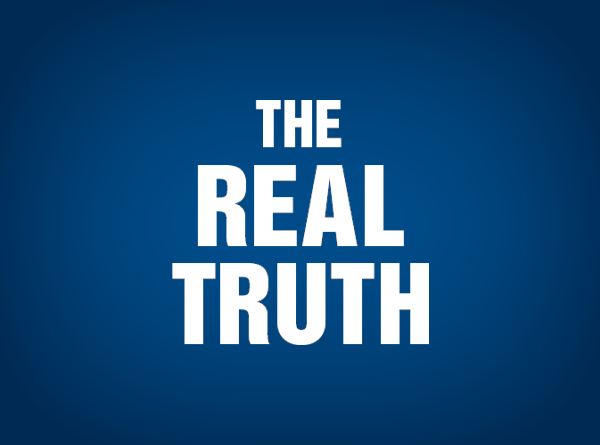World News Desk
Learn the why behind the headlines.
Subscribe to the Real Truth for FREE news and analysis.
Subscribe NowA massive weather system rolled across North America over the weekend, causing various storms in almost every region of the United States.
It began on Thursday with high winds wreaking havoc on the West Coast, fanning brush fires and knocking out power for thousands in the Los Angeles area.
By Friday, severe thunderstorms and tornadoes struck Texas, with states just north receiving several inches of unseasonable snow. One woman in Texas described her ordeal: “I felt my house start shaking like the wind, and I ran in here and grabbed my little girl. As soon as I moved her, the roof fell in right where she was standing” (AP).
The worst of the weather system, however, hit the east and northeast on Sunday and Monday, as the storm gathered strength and became a “nor’easter,” i.e., one that follows the coast northward, with strong winds from the northeast, slowing the storm from heading off the continent, as well as driving strong coastal rain and waves.
“This is very odd for this time of year,” National Weather Service meteorologist John Koch said yesterday in New York. “This is something that you would expect to see more in the middle of winter” (ibid).
The New York City area received seven to eight inches of rain in Central Park, breaking the previous record of 1.8 inches from 1906.
Neighboring New Jersey was placed in a state of emergency, with over 1,400 residents having to evacuate their homes, some by boat, due to the flooding.
Further north, the storm dropped snow in some areas—17 inches in Vermont. “We have incredible amounts of damage,” said Steve Costello, a spokesman for Central Vermont Public Service, describing power lines brought down by high wind. “I’ve never seen anything like it” (ibid.).
Further south in West Virginia, hundreds had to flee their homes due to the threat of a dam giving in.
In all, 780,000 homes and/or businesses lost power, millions of dollars of damage was done, and 12 people lost their lives. This storm is the third in recent months, with the Midwest suffering 12 deaths in a December storm and 36 deaths in January. This also comes at a time when the West coast and parts of the high plains continue to suffer areas of severe drought.
In the meantime, honeybee populations are suffering and the Mountain Pine Beetle continues to ravage the forests of the Rocky Mountains. What will the rest of 2007 bring in regards to drought, temperatures and hurricanes? Time will tell…
More on Related Topics:
- Nearly 250 Million Children Missed School Last Year Because of Extreme Weather, UNICEF Says
- What to Know About the Devastation from the Los Angeles-area Fires
- Los Angeles Wildfires Rage Out of Control, Testing Firefighting Resources
- A Quarter of Freshwater Animals Are Threatened with Extinction, New Research Shows
- After 20 Years, Indonesia’s Post-Tsunami Generation Stays Vigilant for Future Disasters


